High Leverage Product Evangelism
What I learned as a product evangelist at a rapidly growing SaaS company
Happy Holidays! A Special Edition of TBM. Pass this along to anyone in your company curious about evangelism, advocacy, thought leadership, and “influencing”.
I am also experimenting with a tip jar. If you find this valuable, and the spirit movies you…thanks! But no pressure.
I get this question a lot:
Hey John! We want to emulate what you did at Amplitude! How do we make that happen? We want an evangelism program!
In this post, I’ll try to answer that question. First two caveats:
First, nothing I did at Amplitude existed on an island. I was honored to work with some of the business's best PMMs, content marketers, demand-gen marketers, learning experience designers, brand designers, educators, PMs, CSMs, SCs, and AEs in SaaS. Hand's down. I owe tremendous gratitude to Spenser, Justin, Sandhya, Matt, John Hurley, and the rest of the team.
I can’t overemphasize just how great Amplitude (the company AND product) is. It made every day super satisfying and rewarding.
Second, I made a lot of mistakes! Evangelism was one of the most complex products I've ever managed. I was ALSO the product (which probably wasn't sustainable, as I'll discuss below).
With that out in the open, here's the general advice and steps I share with people hoping to set up an evangelism program. My goal here is to challenge your preconceived notions about evangelism and propose a way forward.
Map levels and areas of expertise
At its most basic level, evangelism is expertise distributed.
Evangelists are subject matter experts, teachers, communicators, advocates, marketers, content creators, networkers, and spokespeople. Yes, some are full-time evangelists, advocates, and influencers. But almost any decent-sized SaaS company is chock-full of expertise.
It just (lol, nothing is "just") needs to be mapped and untapped. This section will unpack expertise levels, expertise areas, and expanded areas.
Levels
Success with most products is a function of expertise across many different altitudes. I'll use Amplitude (my former employer) and psychological safety, product-led growth, and workflow education as examples.
At the highest altitude, psychological safety is critical to a successful product team. Amplitude is not in the psychological safety business. Our product doesn't deliver that. But at the highest altitude of data-informed product, psychological safety is 100% worth mentioning.
At middle altitudes, things get interesting. Product-led growth is a whole mess of skills, tools, strategies, and mindsets. The overlap with our product is tighter, but realistically an analytics product is but one piece of the puzzle.
At the 1,000-foot Level, you must educate people on using the product and map specific question types or decision types to particular workflows.
Similar categories will exist for any SaaS product.
I eventually settled on a basic model.
You hopefully have lots of Level 1 and Level 2 folks internally. Yes, they have full-time jobs, but it would be a shame not to amplify that somehow. In the case of Amplitude, we also had a strong Level 3 knowledge. Many of our PMs, engineers, and designers are great conference speakers, but there are only so many hours in the day.
Level 4 knowledge—as might be expected—was much less prevalent. Why? It is really on the border of what the company needs day-to-day. Most SaaS companies don't have the luxury (or need) to spin up a whole strategy consulting team. That would be excessive.
Why is this important? Be deliberate about the expertise you seek out. You need a mix across all of these levels with a bias to 1 and 2 at first (early adopters already get 3 and 4), then 3 and 4 as you go upmarket. Also, be intentional about your tactics for leveraging the expertise you almost certainly have already internally.
You can also visualize these levels as overlapping areas of expertise that progressively converge on the product. Most SaaS companies take an inside-out, product-out approach. At Amplitude we tried to take an outside-in approach. It worked out OK (but was admittedly hard).
Areas
In addition to levels of expertise, it is essential to map areas of expertise. I cannot share a high-resolution version of this diagram, but note how we mapped it. It has:
the "Amplitude agnostic" view of skills and practices (Yellow) grouped into categories (Black)
the "middle layer"—a product analytics workflow view of the world (Gray)
what our product does (Pink) grouped into categories (Black)
Why is this helpful? You want to to be able to map things—regardless of how level they are—back to “the product”. Now, you likely will not be able to say “use X, and get Y” when it comes to higher-order areas of expertise. But being very explicit that these worlds ARE connected will be extremely valuable.
Warning!
Realistically, you will make people's heads explode if you share something like this broadly (I learned this from experience and emitted some serious mad-scientist vibes). But also, realistically, with a complex SaaS product, it is essential to acknowledge the world inside and outside of our product. Some things are more influenceable, and some are less influenceable. A team can influence some things with technology, while others are better suited for human intervention.
Other Areas of Expertise
But we're not done! There are other areas of domain knowledge to contend with, including:
Industry verticals
Personas
Companies across maturity levels
Customer journey from the perspective of different personas
Product areas
Related knowledge areas
An expert in X might not be an expert in explaining W to X companies with a Y maturity level in the Z stage of the buyer's journey.
Everything in blue below is a knowledge domain (confidential, again)! Anytime I've done this activity with a reasonably sized SaaS company, I've ended up with a map like this, especially as they embrace multiple motions.
The lesson? There’s a ton to know! Siloing that knowledge with single individuals is dangerous (and impossible after a certain point of complexity).
In summary:
Customer success is a function of expertise at multiple levels. It starts with "the product", which you have the most control over, and ends with high-level proficiencies that you might be able to influence slightly but are primarily out of your direct control.
Regardless of the size of your L&D team, it is almost impossible to have everyone in your company proficient in everything. Knowing who knows what is important.
You will need a mix of internal and external evangelists, influencers, and advocates to achieve the necessary coverage.
"Thought leadership" often targets the world outside your product (Level 3 and Level 4). You build credibility, and the product becomes a "natural fit" for anyone embracing the big ideas.
To Do: Start mapping. You can only have an advocacy, evangelism, or influencer program with a sense of what expertise you hope to share.
Community, Content, Education, Helping, and Coaching
My bias now, after four and half years of evangelism, is that evangelism (and advocacy and influencing) is about three things:
Community
Content
Education / Helping / Coaching
It is tempting to decouple these, but they are intertwined. It took me a couple years to realize that, at which point I was getting pretty cooked.
Community
Think of a community you belong to. Communities have more active and less active members. Communities have experts, teachers, and catalyzers. Communities resemble a big "graph" with more active members at the center and less active participants at the periphery.
A coworker recently shared these "pillars" of community, and they resonated with me. Community is:
People
Content
Experience
Technology
Connect people with the right content, be surrounded by the right experience, and use technology as a force multiplier to scale things once you've figured out the first three pillars. If you run your evangelism/advocacy/influencing efforts in a silo from community, you will fail.
Community is the glue and fuel. It makes all of this stuff “real”.
Content
If we take a high-level view of content and include things like conference talks, 1:1s, coaching sessions, workshops, blog posts, and social media, it makes sense that evangelists are in the content business.
Consider the huge spread of drivers you can influence with content (and evangelism). The overlap should be readily apparent.
Why is this important?
Your content team is in the evangelism and advocacy business.
Anyone, internally or externally, who attempts to evangelize or advocate is in the content business.
Yes, many evangelists can create content on an island, but ideally, you re-integrate that back into the content strategy.
Yes, many content teams can create content on an island, but ideally, you partner to infuse that subject matter expertise into the content.
Evangelists can help distribute content, but your content team must also focus on distribution.
People ask why our Retention, Engagement, and North Star Playbooks were so popular. Hard ****ing cross-functional work. Mastering Retention…
started out with a customer-centric research effort. It started with the CSMs talking to existing Amplitude customers about their retention efforts. There was research. There were calls. Even the idea of using product usage intervals as a critical factor was new. It came out of that research.
The CS team created a one-hundred and five page synthesis of seven customer conversations over the period of eight weeks. None of it could be shared publicly. We realized we could turn it into collateral. There was so much novel work—it wasn’t completely brand new, but we were having unique, valuable conversations.
A small tiger-team of a product manager and content specialist took it from there.=
The North Star Playbook took a similar arc. It started as trying to solve a customer problem. It involved interactions with customers. There were a string of blog posts that gauged interest and tested ideas and frameworks. And then a small group of writers (myself and an outside contractor with writing AND product experience) wrote the book
You're likely sensing a theme here. Content, community, and evangelism are intertwined and cannot be separated.
None of this happened in a vacuum.
Education, Helping, and Coaching
Finally, we have education, helping, and coaching.
Why "helping"? Why "coaching"?
Education is ONE path to helping people achieve their goals. Sometimes, as an evangelist, my job was to give people the answer they needed to unblock them. Our playbooks weren't strict learning experiences but served as a combination motivator, job aid, and knowledge acquisition channel.
I always refer back to the work of Julie Dirksen here.
The key lesson is that knowledge and skills account for only 10-15% of the performance puzzle. Skills = Knowledge * Practice. This spread of gaps is why cohort courses and community-oriented learning is so effective! They address knowledge and skills, motivation, habits, and environment.
Ultimately, the lines get very blurred:
Is a blog post explaining how to do something educational? Consultative? Evangelism?
Is a cohort course offered to your community education, community, motivation, or something else?
Are evangelist workshops considered education?
Is the CEO meeting with a small group of executives in marketing, education, content, or evangelism? All of the above.
This brings us to...
Putting It All Together
Let's combine these ideas with the classic:
First you have The Why. We want to help our current customers and future customers meet their personal and professional needs. To quote Kathy Sierra, we want to help our users “be awesome” at whatever they want to be awesome at. Ideally, in ways that benefit our business.
Next, you have the humans in the world you are trying to help and influence.
Next, you have various tactics/channels/methods and functional areas of expertise.
And then, you have all the domain expertise we discussed above.
As with any complex mix of specializations, there is no silver bullet. But you can focus the team's efforts.
Develop a clear sense of The Who, along with what they need. What are they trying to learn and accomplish?
Map the domain expertise in your company. You may have gaps, so you may need to look externally for "community" members to assist.
Then, consider how you can coordinate the areas of tactics, channels, and functional expertise to meet those needs. By default, assume that there's rarely a single "thing" (e.g., evangelism) involved. Use Julie Dirksen's "gaps" to consider where you need to focus your efforts (e.g., knowledge, skills, habits, etc.). Think of the Who, What, and How as a "cluster" of expertise,
Always opt for an integrated approach, even if it is slower.
Then take a multi-level "portfolio" approach across the Levels discussed above.
The portfolio approach is essential because if you over-index on one Level or cluster of expertise, you will end up in a fragile situation.
Final Warning! Don't hire “superstars”!
Finally, It is tempting to try to find someone with all the ingredients—expertise, content chops, distribution channels, and high agency. But ultimately, that approach is unsustainable, and it is limiting.
For example, you might have someone with the following:
They have lots of expertise to share, but they need a network and are busy. They have a day job at your company.
They have a reasonable amount of expertise, but their key talent is communication. They can communicate passionately about anything across multiple "channels."
You never want to put all your eggs in one basket, and a single person will have a limit to what they can do without getting cooked. Instead, your goal should be to create an ecosystem of "I" shaped, "T" shaped, and "W" shaped individuals whose skills and interests complement each other and align with your business objectives. That is the only way you’ll get coverage.
For example:
pair great content producers with subject matter experts
pair "amplifiers" (people with distribution) with subject matter experts
Although it may seem more efficient to have one person "evangelize", imagine a situation where you have hundreds of people of varying levels of involvement collaborating and forming a community. Now THAT is powerful.
Your first key hire should be a community specialist with a background in interacting with influencers, SMEs, and content producers.
Conclusion
And that's it for today. Hopefully, you found this interesting. Happy to write more on the topic.
Liked this post? I am gauging the potential for some paid content. If you found this specific post valuable, and my writing valuable in general, I would be very grateful if you could drop a tip in a tip jar.




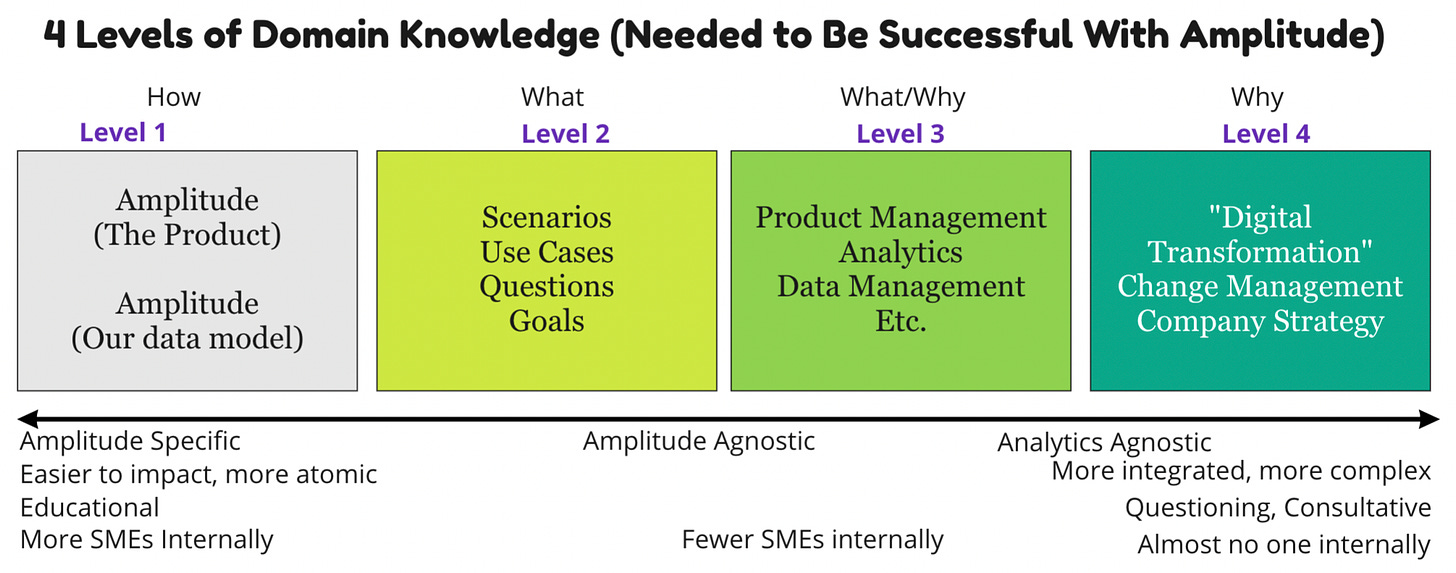
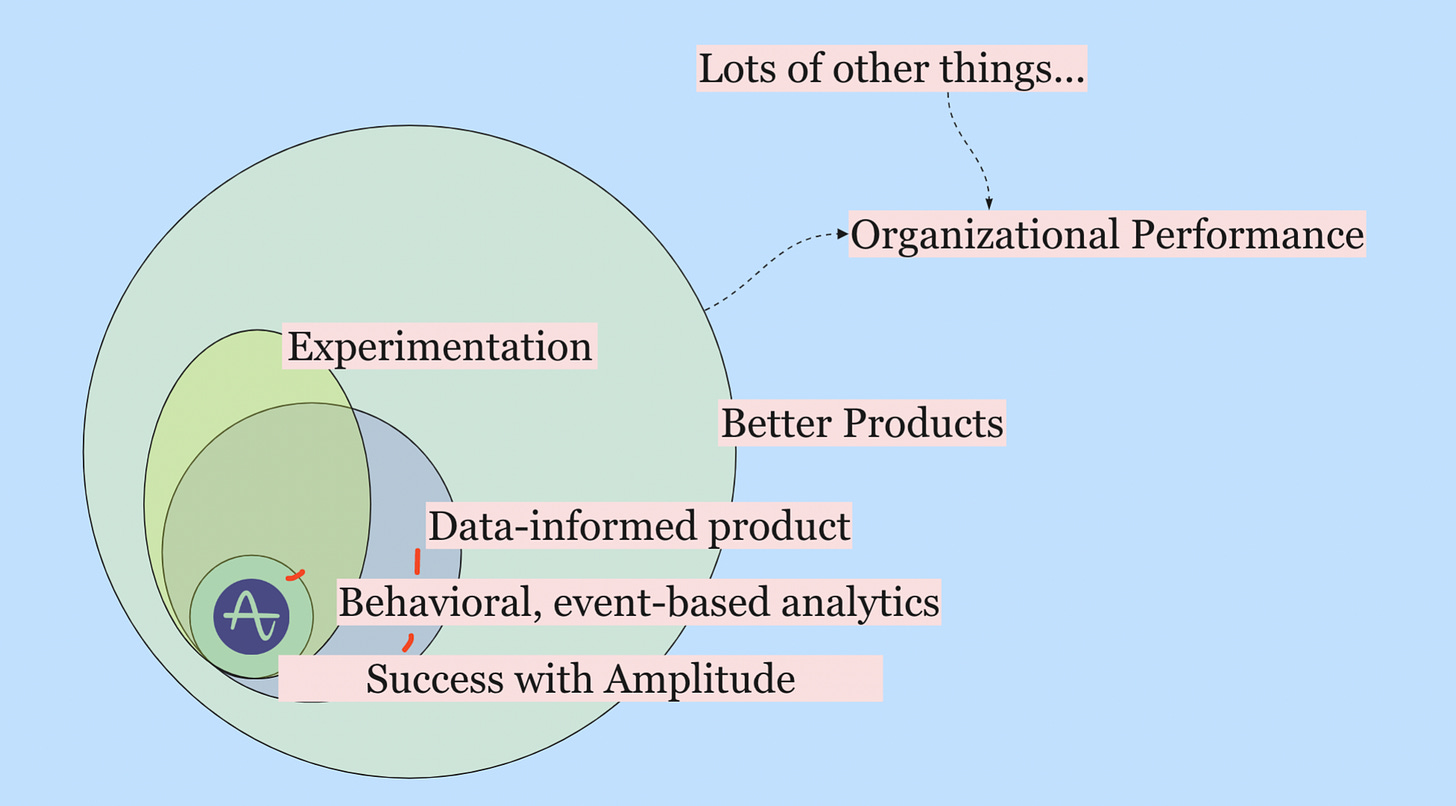
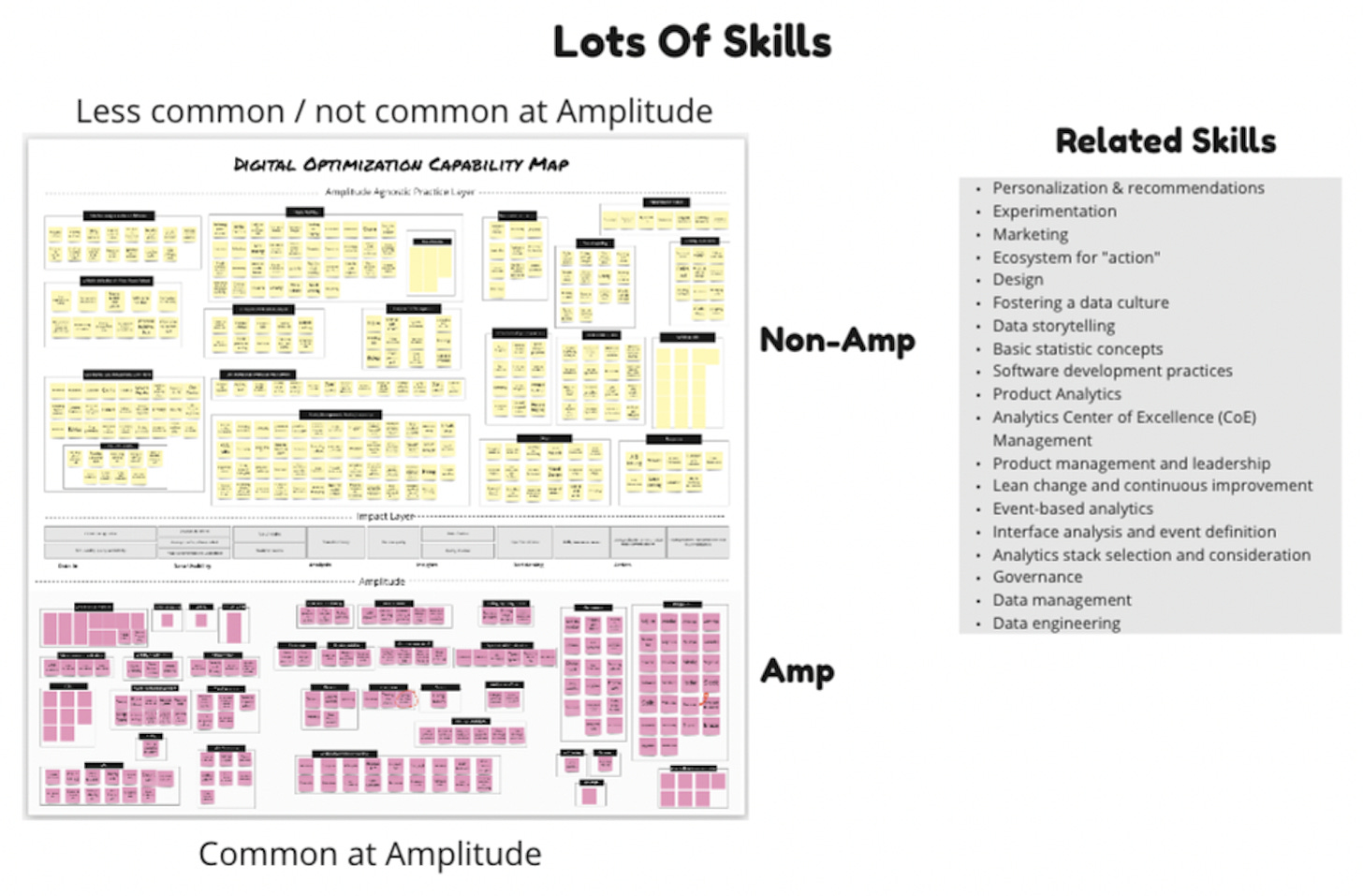
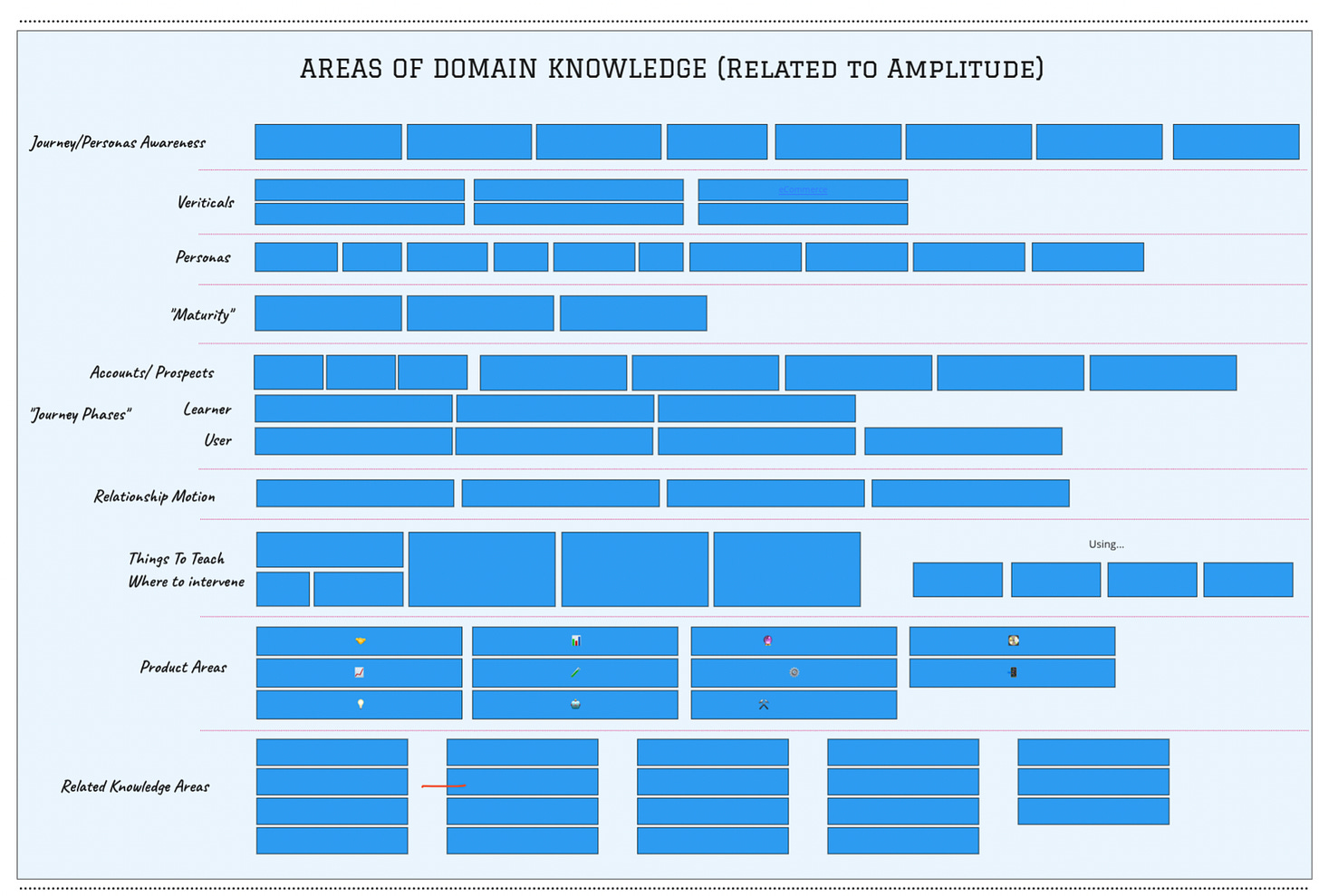
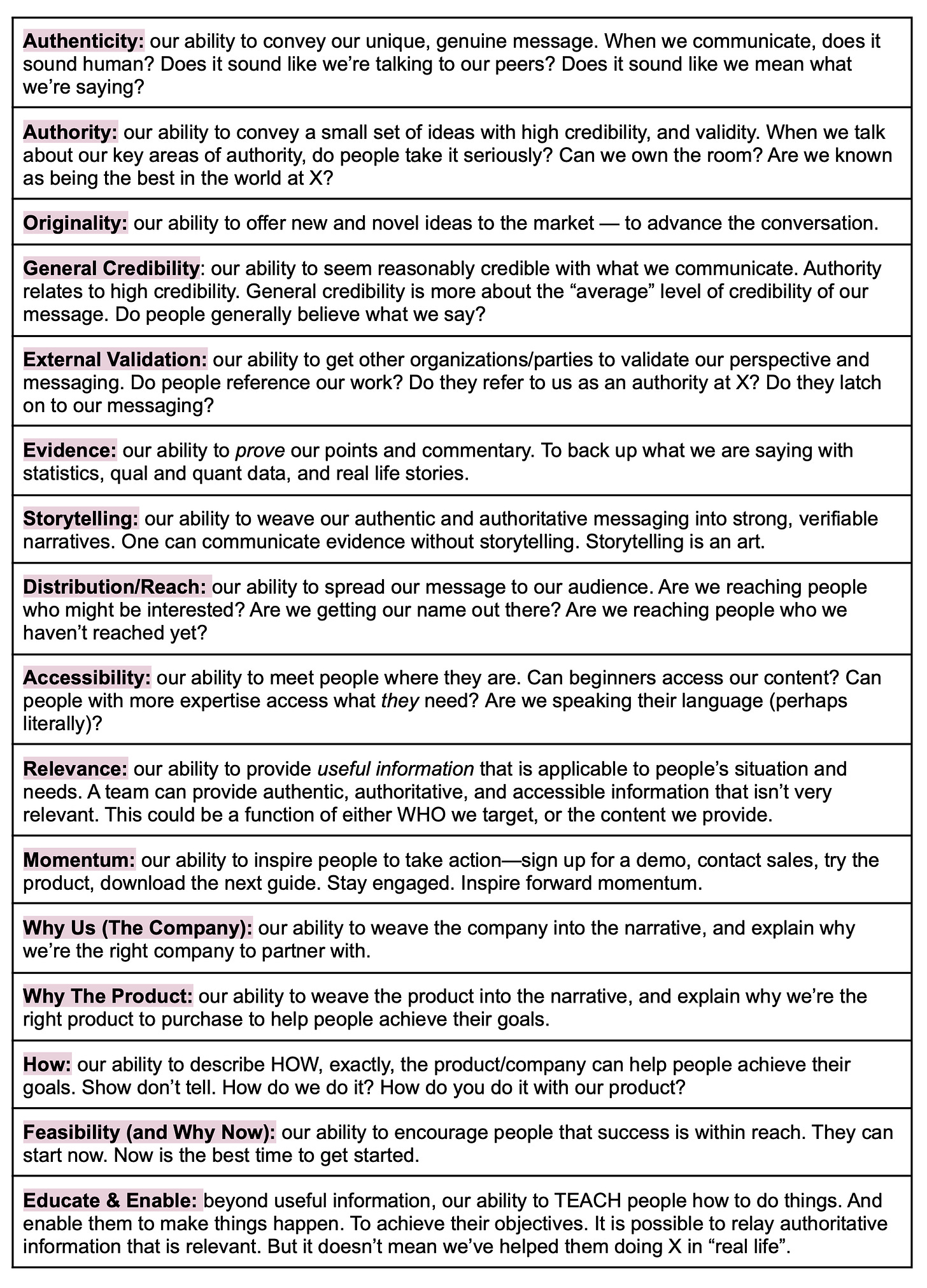
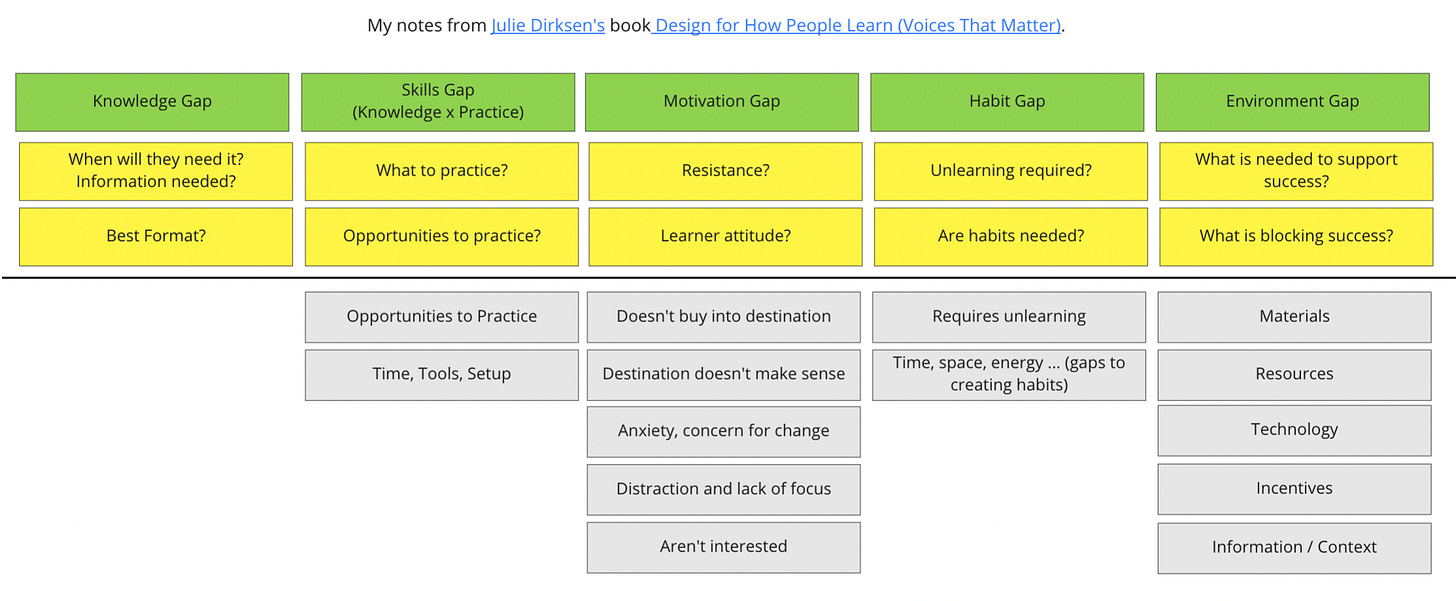



so good! I love how you told your story, deconstructed everything into great detail and put it back together.